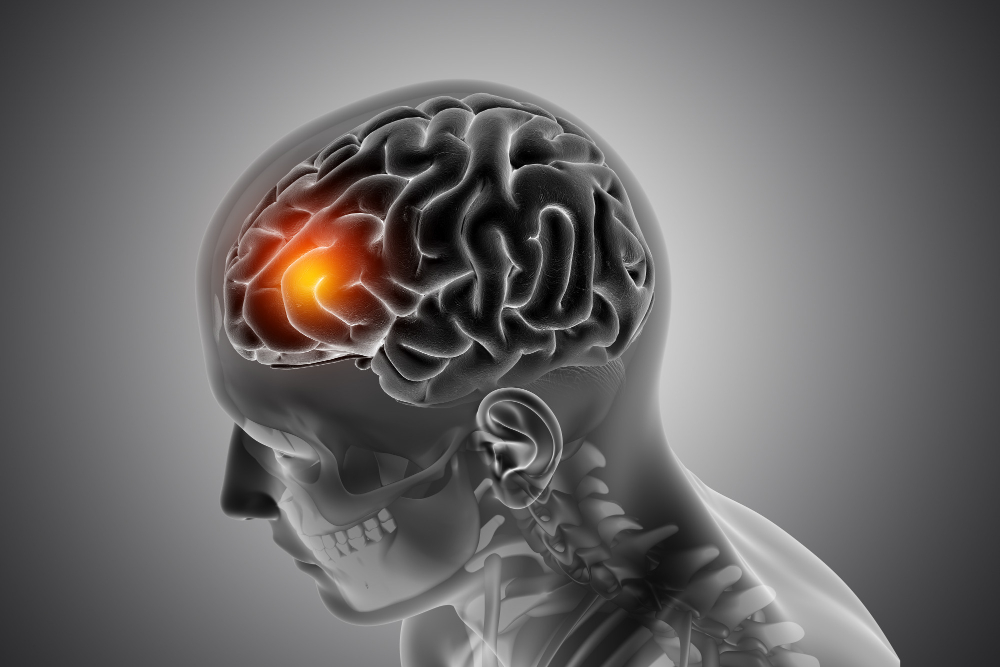Early detection of neurological disorders is critical for effective treatment and improved patient outcomes. Conditions such as Alzheimer’s, Parkinson’s disease, multiple sclerosis, and epilepsy often progress silently, making early diagnosis difficult. However, recent advancements in machine learning are transforming the way we identify and diagnose these conditions, offering hope for earlier interventions and better management.
Understanding Neurological Disorders
Neurological disorders affect the brain, spinal cord, and nervous system, leading to symptoms like memory loss, motor dysfunction, and cognitive impairment. Common neurological disorders include:
- Alzheimer’s Disease – A progressive disorder that affects memory and cognitive abilities.
- Parkinson’s Disease – A neurodegenerative condition impacting movement and coordination.
- Multiple Sclerosis (MS) – A chronic disease that damages nerve cells in the brain and spinal cord.
- Epilepsy – A disorder characterized by recurrent seizures due to abnormal brain activity.
- Multiple Sclerosis (MS) – An autoimmune disorder affecting the central nervous system, causing communication issues between the brain and the body.
Challenges in Diagnosing Neurological Disorders
Diagnosing neurological disorders is often difficult because symptoms can be subtle and overlap with other conditions. Challenges include:
- Delayed Onset of Symptoms – Many disorders develop slowly over time, making early signs easy to miss.
- Lack of Definitive Tests – Some disorders, like Alzheimer’s, can only be definitively diagnosed post-mortem.
- Misdiagnosis – Conditions like Parkinson’s and essential tremor are often confused, leading to delayed or incorrect treatments.
How Machine Learning is Transforming Early Detection
Machine learning (ML) involves training algorithms to recognize complex patterns in large datasets. In neurological research, ML analyzes brain scans, genetic data, and clinical records to detect subtle changes that might indicate early disease progression.
1. AI in Brain Imaging Analysis
- AI enhances the accuracy of MRI, CT, and PET scan analysis.
- It helps detect early biomarkers of diseases like Alzheimer’s and Parkinson’s.
- Automated systems reduce human error, leading to faster and more precise diagnoses.
2. Predicting Neurological Disorders Before Symptoms Appear
- AI identifies patterns in genetic markers linked to neurodegenerative diseases.
- Early warning signs in brain scans can prompt early treatment, potentially slowing disease progression.
- Algorithms analyze speech, motor function, and even typing patterns to detect subtle neurological changes.
3. Biomarkers and AI-Driven Analysis
- Blood-Based Biomarkers – AI can detect biomarkers in blood samples to predict neurodegenerative conditions before symptoms appear.
- Cerebrospinal Fluid (CSF) Analysis – AI enhances the interpretation of CSF biomarkers linked to Alzheimer’s and Parkinson’s.
- Genetic Screening – Advanced algorithms analyze DNA to identify genetic risk factors for neurological diseases.
The Role of Imaging Technologies
Modern imaging techniques combined with AI have greatly improved early detection. These include:
- MRI and CT Scans: AI enhances image analysis to detect early signs of neurodegenerative diseases.
- Positron Emission Tomography (PET): Identifies abnormal protein build-ups in the brain associated with Alzheimer’s and Parkinson’s.
- Electroencephalography (EEG): AI algorithms can recognize seizure patterns, allowing earlier diagnosis of epilepsy and other brain disorders.
The Impact of Early Detection on Treatment Outcomes
1. Slowing Disease Progression
Early intervention can delay the progression of diseases like Alzheimer’s and Parkinson’s. Medications, cognitive therapies, and lifestyle changes can improve patient outcomes if started early.
2. Personalized Treatment Plans
By analyzing brain activity, genetics, and patient history, AI can help tailor treatment plans to the individual, minimizing side effects and optimizing drug efficacy.
3. Improved Quality of Life
Detecting neurological disorders in their early stages allows patients and families to make informed decisions about care, plan for the future, and participate in clinical trials for emerging therapies.
The Future of Early Detection
1. Wearable Technology for Continuous Monitoring
Wearable devices with AI capabilities track movement, heart rate, and sleep patterns, identifying early warning signs of disorders like Parkinson’s and epilepsy.
2. AI-Driven Blood Tests for Biomarkers
Advanced blood tests powered by AI algorithms can detect subtle biomarkers of neurological conditions, allowing for earlier intervention.
3. Genetic Screening and Personalized Medicine
Machine learning models analyze genetic risk factors, enabling the development of personalized treatment plans for individuals at risk of developing neurological disorders.
Early detection of neurological disorders is becoming more accurate and efficient with AI-driven diagnostics and neuroplasticity research. As technology advances, the future of neuroscience will likely see even greater breakthroughs, offering new hope for those at risk of cognitive decline.


